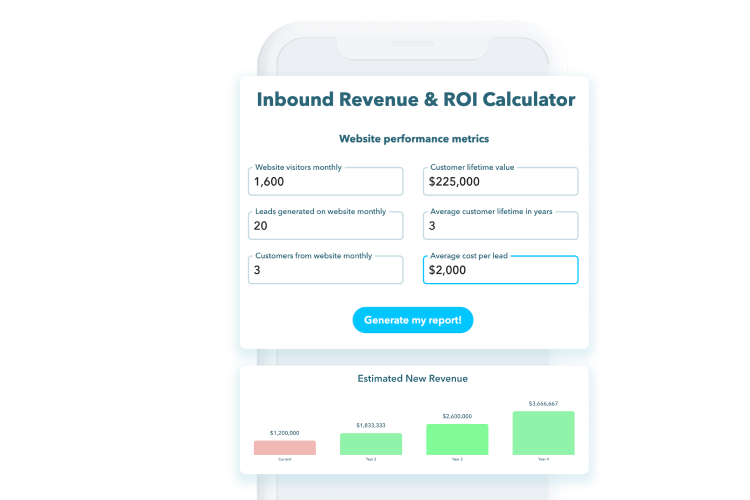 4263 Views
4263 Views  4 min read
4 min readIn a quick-paced Education Technology (EdTech) market, constant customer acquisition is essential to survival. One of the most influential and cost-efficient methods of obtaining clients is through a technique called ‘Inbound’ marketing and sales. This entails developing and leveraging functional and targeted content to draw prospects to your website, nurturing them into qualified leads, and closing them as clients. Inbound marketing and sales have been verified to generate far better outcomes when compared to traditional techniques such as print marketing, television and radio advertisements, digital advertisements, email blasts, cold calling, trade conventions and seminars, and buying lists.
The initial step toward customer acquisition is specifying who your potential customer is. Take time to develop Buyer personas (imaginary depictions of your perfect customer) such as ‘Superintendent Sonya’ or ‘Chief Technology Officer Charlie’. Do some research study to discover even more about them.
Having this information regarding your ideal customer will make it much easier to target them with your content. Then either establish your personal considerable Inbound strategy, or look for assistance from professionals. An effective strategy consists of clear Buyer Persona accounts, a map of their Buyer’s Journey, substantial SEO keyword research, content project outlining, content detailing, and sharing on social media and email lead nurturing.
Developing top-quality content will certainly keep your target market involved and establish you as a specialist in the market. Maximizing your content and making use of key phrases will enhance your search engine positions and make it much easier for consumers to discover you online. Various types of content could be helpful for customer purchase: Blog Post –
A call-to-action (CTA) refers to texts or graphics that inform site visitors what they should do next. Site visitors must understand what they will get when they click on the CTA containing a link to one your landing pages. ‘Request a Demo’ and ‘Improve my Professional Learning’ are examples of detailed CTAs that create a sense of urgency and give your site visitors the impression that they need to take an action quickly. Ask your website design team to place your CTA ‘above the fold’ to allow your site visitors to see it without needing to scroll. Ask them to make sure all buttons are big enough to draw visitors’ attention as well as allow them to click your CTAs on smartphones or smart devices. If your landing page is long, you can have a second call-to-action in the center, and a third one near the bottom of the page.
The landing page is one of the most ignored components in the customer acquisition process. This is the page where your website visitors land after clicking your call-to-action. It could be a Contact Us page, signup page, or product page. Ensure your landing page has an engaging headline, a solid value proposition, and some social proof. It should also have an exciting image and an effective call-to-action for more informastion from your Education Technology (EdTech) website.
Getting new customers can be difficult when your resources are limited, and the traditional outbound marketing and sales methods continue to fail you. With Inbound marketing and sales, you can establish strategies and build a long-lasting process to obtain new site visitors, increase leads, and turn your prospects into consumers. We’ve worked with many CEOs and managing directors to integrate inbound methodology into their marketing and sales team’s procedures. Do not hesitate to book your free strategy session now to see how a digital marketing agency for education can help grow your business. We can help you evaluate your assets and acquire beneficial understandings and strategies to get brand-new Education Technology (EdTech) clients before your competitors!
